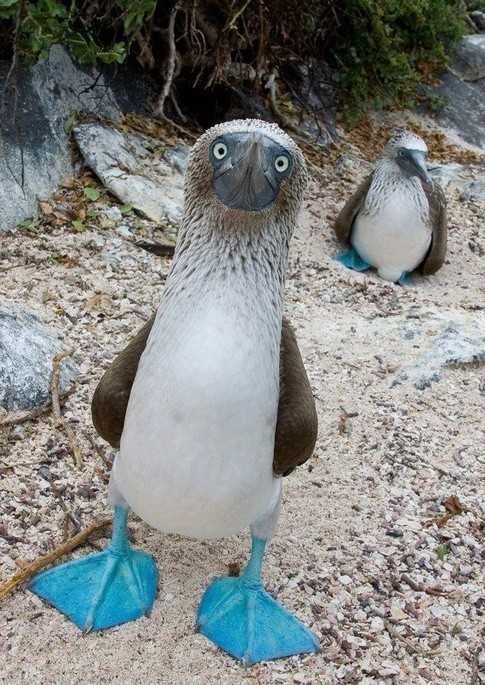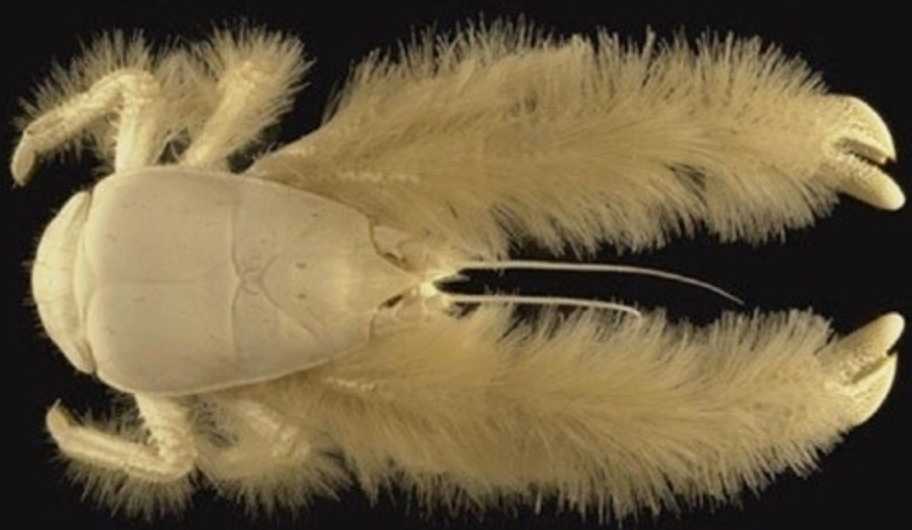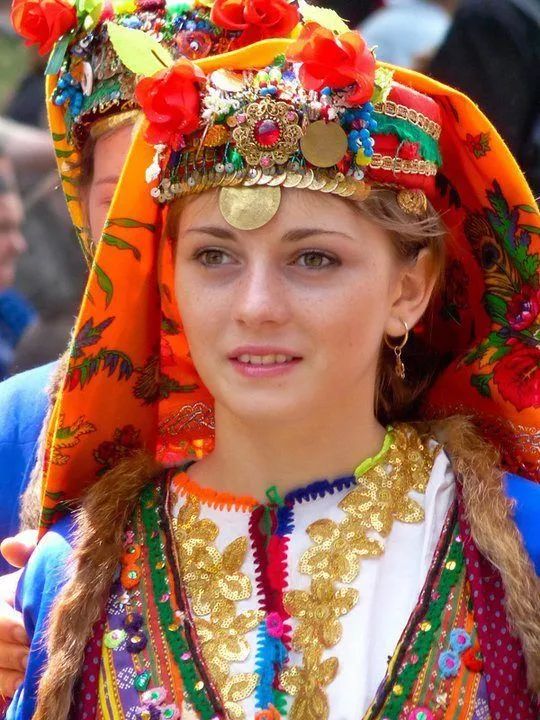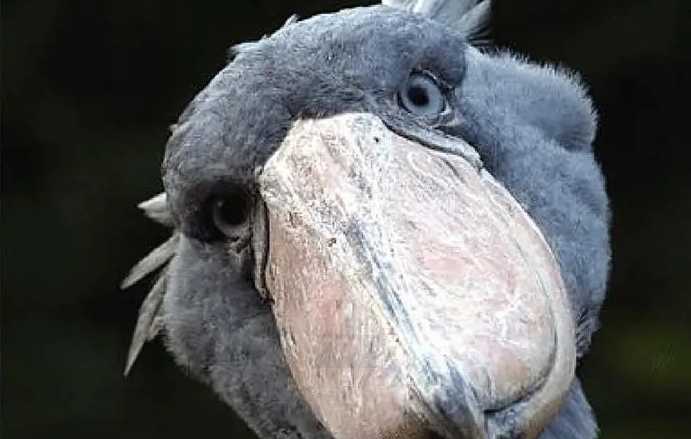Search for information
The Blue-Footed Booby: Galápagos’ Colorful Seabird with a Dashing Mating DanceNative to the tropical and subtropical coasts of the eastern Pacific Ocean, the blue-footed booby (Sula nebouxii) is an iconic seabird best known for its most striking feature—bright blue feet that range from a pale turquoise to a vivid cobalt. Made famous by the Galápagos Islands, this charismatic bird has captivated scientists and nature lovers with its unique appearance and elaborate courtship rituals.
June 23, 2025, 11:54 am EDT

A Splash of Blue: Physical Traits and Adaptations
- Feet as a Living Canvas
The booby’s blue feet are no accident: their hue comes from carotenoid pigments in its diet of sardines and anchovies. Males typically sport brighter blue feet than females, a trait linked to reproductive fitness. Beyond aesthetics, the feet serve as efficient rudders while swimming and as stabilizers when landing on rocky cliffs. - Streamlined Seabird Structure
Standing 70–90 cm tall with a wingspan of 1.5 meters, the booby has a white body, dark brown wings, and a long, pointed bill adapted for plunge-diving. Its webbed feet, though brilliantly colored, are also perfectly designed for propelling it through water when hunting fish. Juveniles lack the blue hue, developing it as they mature.
Romance on the Rocks: Mating Rituals and Lifestyle
- The Foot-Flexing Courtship
During mating season, males perform an elaborate dance: lifting their blue feet high in a slow, exaggerated march, spreading their wings, and calling out to impress females. The brighter the feet and the more energetic the display, the higher the chance of attracting a mate. Females lay 1–3 eggs, and both parents incubate them by resting their blue feet on the clutch to provide warmth. - Diving for Dinner
Blue-footed boobies are exceptional hunters, plunging into the ocean from heights of up to 30 meters, using their sharp eyesight to spot fish below. They can even dive at angles that would disorient other birds, thanks to air sacs under their skin that cushion the impact. They often hunt in groups, herding fish into tight schools before attacking.
Conservation and Cultural Significance

"Daredevil: Born Again" Season 2 Set to Premiere in March 2026
"Daredevil: Born Again" Season 2 Set to Premiere in March 2026more

The Enchanting Gloriosa Lily: A Tropical Flame in Bloom
The Gloriosa lily (Gloriosa superba), a climbing herb native to tropical Africa and Asia, has captivated botanists and horticulturists with its dramatic flowers and unique growth habit. Also known as the Flame Lily or Fire Lily, this plant thrives in warm, humid climates, often found in savannas, forests, and along riverbanks.more

The Yeti Crab: Deep-Sea Marvel with Hairy Pincers and a Chemosynthetic Lifestyle
Discovered in 2005 near hydrothermal vents off Easter Island, the yeti crab (Kiwa hirsuta) is a crustacean unlike any other—renowned for its fuzzy, blond "hair" covering its pincers and body, earning it the nickname "yeti crab." This deep-sea dweller thrives in one of Earth’s most extreme environments, relying on a unique partnership with bacteria for survival.more

China: A Rising Technological Powerhouse
Since the founding of the People's Republic of China 75 years ago, the nation has made remarkable strides in science and technology. Guided by the principles that technology is the foundation of national strength and innovation is the soul of national progress, China has not only caught up with and surpassed many developed countries in traditional technological fields but also emerged as a global leader in cutting - edge and emerging sectors.more

A great collection of the world's ethnic beauties! (2)
A great collection of the world's ethnic beauties! (2)more

Another U.S. high-tech company, IBM, pulls out of China and lays off thousands of employees
Another U.S. high-tech company, IBM, pulls out of China and lays off thousands of employeesmore

Balaeniceps rex: The Majestic Shoebill Stork of African Wetlands
Balaeniceps rex, commonly known as the shoebill stork, is an imposing and enigmatic large wading bird that commands attention with its unique appearance and elusive nature. Endemic to the vast swampy wetlands of central and eastern Africa, this species stands as a symbol of the continent’s rich aquatic ecosystems and the delicate balance of its natural habitats.more

"The Batman 2" Script Submission Deadline Set, Bringing Hope for Sequel
Plagued by delays caused by the Hollywood strikes and personal setbacks, the scriptwriting process for "The Batman 2" has seen numerous hold - ups. However, recent reports bring encouraging news: Matt Reeves is scheduled to submit the complete script to DC by May 26. This development signals a significant step forward for the highly - anticipated sequel.more

